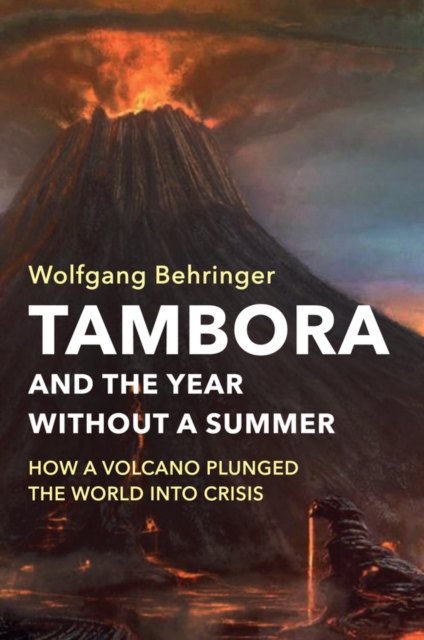CITESTE MAI MULT
Detalii
Descriere RO
In 1816, the climate went berserk. The winter brought extreme cold, and torrential rains unleashed massive flooding in Asia. Western Europe and North America experienced a 'year without a summer', while failed harvests in 1817 led to the 'year of famine'. At the time, nobody knew that all these disturbances were the result of a single event: the eruption of Mount Tambora in what is now Indonesia - the greatest volcanic eruption in recorded history.
In this book, leading climate historian Wolfgang Behringer provides the first globally comprehensive account of a climate catastrophe that would cast the world into political and social crises for years to come. Concentrating on the period between 1815 and 1820, Behringer shows how this natural occurrence led to worldwide unrest. Analysing events as diverse as the persecution of Jews in Germany, the Peterloo Massacre in the United Kingdom, witch hunts in South Africa and anti-colonial uprisings in Asia, Behringer demonstrates that no region on earth was untouched by the effects of the eruption. Drawing parallels with our world today, Tambora and its aftermath become a case study for how societies and individuals respond to climate change, what risks emerge and how they might be overcome.
This comprehensive account of the impact of one of the greatest environmental disasters in human history will be of interest to a wide readership and to anyone seeking to understand better how we might mitigate the effects of climate change.
EdituraJohn Wiley and Sons Ltd
Dimensiuni163 x 236 x 29
Data Publicarii26/04/2019
Format
Cartonata
Numar pagini350
Aceasta este o carte in limba engleza. Descrierea cartii (tradusa din engleza cu Google Translate) este in limba romana din motive legale.
In 1816, climatul s-a inrautatit. Iarna a adus frig extrem, iar ploile torentiale au declansat inundatii masive in Asia.

